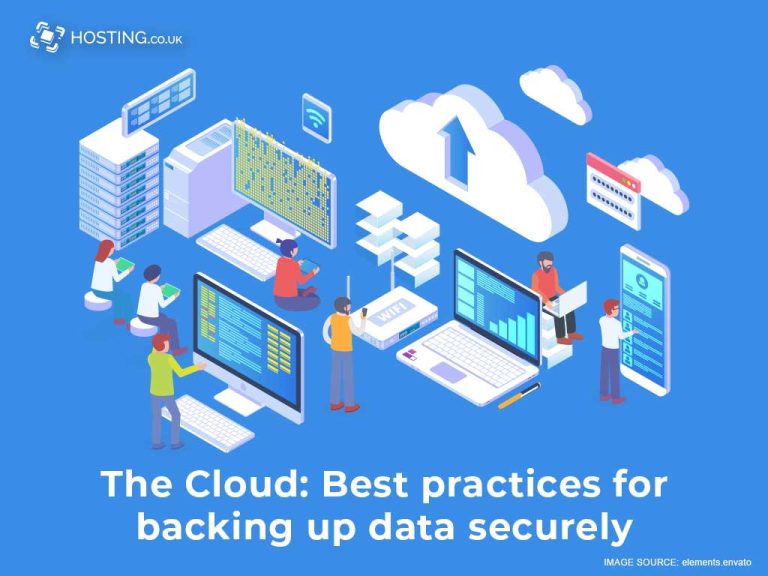Likewise, if you notice a blog post has a low average keyword position but high CTR, you may want to go back and better optimize the post for your target keyword. Likewise, you’ll want to ensure you’re using a concise URL that incorporates your primary keyword. This helps readers understand exactly what the content on your page is about.
Identifying long-tail and high-converting keywords
The anatomy of search results, or SERPs (search engine result pages), comprises both paid and organic search results. This process is repeated to improve accuracy and ensure up-to-date search results are delivered whenever someone searches for something online. A search engine’s ability to provide relevant results depends on sophisticated technology that works like a “reading comprehension” machine. With paid efforts like PPC campaigns, businesses can drive more qualified website traffic and increase conversions. It focuses on working with content relevant to what people are searching for on search results pages. However, you’ll get many long-term benefits in the form of increased authority, brand awareness, website traffic, and popularity.
Instagram SEO: 10 Techniques for Increasing Your Reach
- It’s true that you need to incorporate appropriate keywords and subheadings to rank on Google.
- The best first step in a white hat SEO strategy is to audit your website through the lens of Google’s SEO Starter Guide.
- Think of it as casting a wide net that lets you capture the attention of more web users.
- Black hat strategies let you cut down the complexity of link building, for example.
So, the key is to find the right balance — ramp up your production to boost your content velocity, but never at the expense of quality. After all, it’s great content that engages users, earns quality backlinks and establishes your website as an authority in your niche. Most e-commerce SEO agency experts will point out a couple of ways blogs raise your SEO rank. Once you have accumulated some valuable content, you can build authority with authoritative backlinks. Blogs also provide additional engagement and keep users on your website longer. There are a variety of factors that contribute to a successful SEO strategy, including keyword selection, link building, site structure, and the quality of the content itself.
What Is High-Quality Content for SEO?
SEO content is an essential ingredient to a successful website as it helps boost your online visibility, drive traffic, and grow your business. However, creating content that does all of these is a science that many don’t take the time to master. A backlink is a link from a third-party site pointing to your content, which Google views as a measure of authority. Once your blog articles are published, conduct off-page SEO tactics that generate quality backlinks, such as direct outreach. For example, research relevant websites that can benefit from linking to your content.
You can include all link suggestions at once or add them individually as you vet them. But as your website grows, remembering all the articles you can link to becomes next to impossible. It also shows you how your snippets will look when shared on Facebook and X. Using a SERP preview tool as part of your SERP analysis helps you boost your conversion rates.
To solve the problem mentioned above, use hreflang tags, which specify localized versions of pages. By default, search engine crawlers will attempt to crawl every page on your website. There are Targeted SEO strategies in which, absent other context, this can lead to issues. A recent study shows that a website that loads in 1 second has a 3x higher conversion rate than one that takes 5 seconds. This sends a signal to search engines that users are not finding your site useful.
So to make sure that you’re keeping up with the trends, maintain a regular analysis of your website’s traffic, user engagement, and content. Data analysis is crucial for successful enterprise SaaS SEO, ensuring your strategies are tailored to your audience and industry needs. This systematic approach helps search engines understand the relevance and context of your content, making it more likely to rank for targeted keywords. Remember, the goal is to optimize your content for search engines and readers alike, ensuring your content is accessible, informative and engaging.
Search engine optimization (SEO) is the process of increasing organic traffic for a piece of content—like an article, blog post, or product page—to rank higher on search engine results pages (SERPs). Merchants can improve the placement of their branded content on search results pages by optimizing them with keywords, backlinks, meta tags, and more. SEO is an example of inbound marketing, a strategy that draws potential customers toward your business organically with valuable content that addresses their needs. By understanding and catering to the search intent of your target keywords, you align your content with the needs and expectations of your audience. Remember, the goal of SEO is not just to drive traffic but to drive the right kind of organic search traffic by providing value that matches the users’ search intent. A robust link-building strategy is critical to an effective SEO content strategy.
These tools track important metrics such as bounce rate, session duration, organic traffic, and number of users. Targeting multiple locations doesn’t just involve researching geographic-specific keywords; you must consider other elements like optimized local landing pages and contact information. For enterprise SEO, it’s very important for your visitors to easily navigate your site.
Ask your customers to create a short video or take a picture using your product. Typically, search engines don’t know (or care) how interesting or informative your web content is. They decipher this through user behavior when navigating your website (engagement). Populating your website with relevant content that complements product pages gives users a reason to stick around. Even if they aren’t immediately interested in making a purchase, consumers can spend time on your website reading material and learning more about your product.
